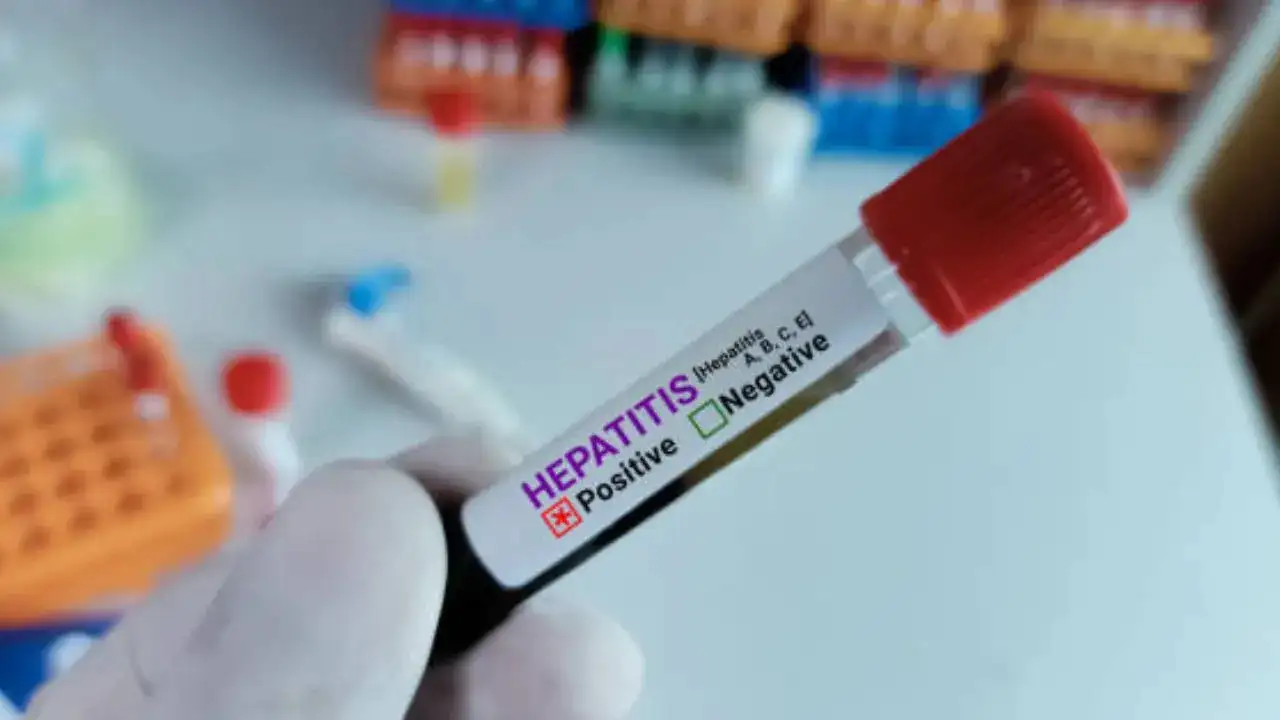Pallavi Mehra • 20 Apr 2025
Hepatitis A To E Explained: Which Virus Hides In Razor Blades, Needles, Or Your Salad?

Hepatitis A To E Explained: Which Virus Hides In Razor Blades, Needles, Or Your Salad? (Image Credits: iStock)
You may have heard the term hepatitis tossed around in health conversations, but what does it really mean—and how dangerous is it? “Hepatitis refers to inflammation of the liver, and in most cases, it’s caused by a viral infection,” says Dr Vishal Khurana, Director of the Department of Gastroenterology at Metro Hospital, Faridabad. “There are five main types of hepatitis viruses—A, B, C, D, and E—and each one behaves differently in terms of transmission, severity, and who is at risk.”
The liver plays a critical role in processing nutrients, filtering toxins, and fighting infections. When it becomes inflamed, these essential functions are compromised. While some types of hepatitis cause only short-term illness, others can lead to chronic liver disease, cirrhosis, or even liver cancer.
So, how do you get it? Sometimes, it’s as innocent as enjoying a plate of street food. Other times, it could be through something as intimate as sharing a razor.
Hepatitis A and E: Beware of What You Eat and Drink
“Hepatitis A and E are both typically transmitted via the faecal-oral route,” explains Dr Khurana. “That means they enter the body through contaminated food or water.”These infections are more common in developing countries where sanitation and hygiene are poor. “The virus can be present even if the food looks and tastes fine,” he warns. Foods like cold cuts, salads, shellfish, or even milk-based beverages and unfiltered juices can all be culprits.
Some common ways these viruses spread include:
- Consuming contaminated food or beverages.
Most infections in children go unnoticed because they often don’t show symptoms. “But Hepatitis E, in particular, can be dangerous for pregnant women,” says Dr Khurana. “It can lead to liver failure and even miscarriage in severe cases.”
Unlike B and C, both Hepatitis A and E usually cause acute infections—meaning they don’t stick around long-term or turn into chronic conditions.
Hepatitis B and C: Silent and Dangerous
In contrast, Hepatitis B and C are bloodborne viruses—and far more insidious. “These viruses are often transmitted through infected blood or body fluids,” Dr Khurana says. “That includes unprotected sex, sharing needles, unsafe tattoos or piercings, or even from mother to child during childbirth.”Healthcare workers also face occupational hazards due to accidental needle-stick injuries. These types are dangerous because they often go undetected until they’ve done significant damage. “They tend to become chronic infections, silently damaging the liver over time and increasing the risk of cirrhosis or liver cancer,” he notes.
Common routes of transmission include:
- Unprotected sexual contact
Who Should Be Most Cautious?
Certain groups are at higher risk than others, depending on the type of hepatitis.“Children living in overcrowded areas with poor sanitation are highly vulnerable to Hepatitis A and E,” Dr Khurana says. “Tourists visiting such areas are also at risk, especially if they consume street food or untreated water.”
On the other hand, people with multiple sexual partners, intravenous drug users, and healthcare professionals are more likely to contract Hepatitis B and C.
His advice? “Prevention is better than cure. Get vaccinated where possible—especially for Hepatitis A and B. Avoid unsafe food, water, and personal hygiene lapses. And if you fall into a high-risk group, regular screening could save your liver—and your life.”
Get Latest News Live on Times Now along with Breaking News and Top Headlines from Health and around the world.